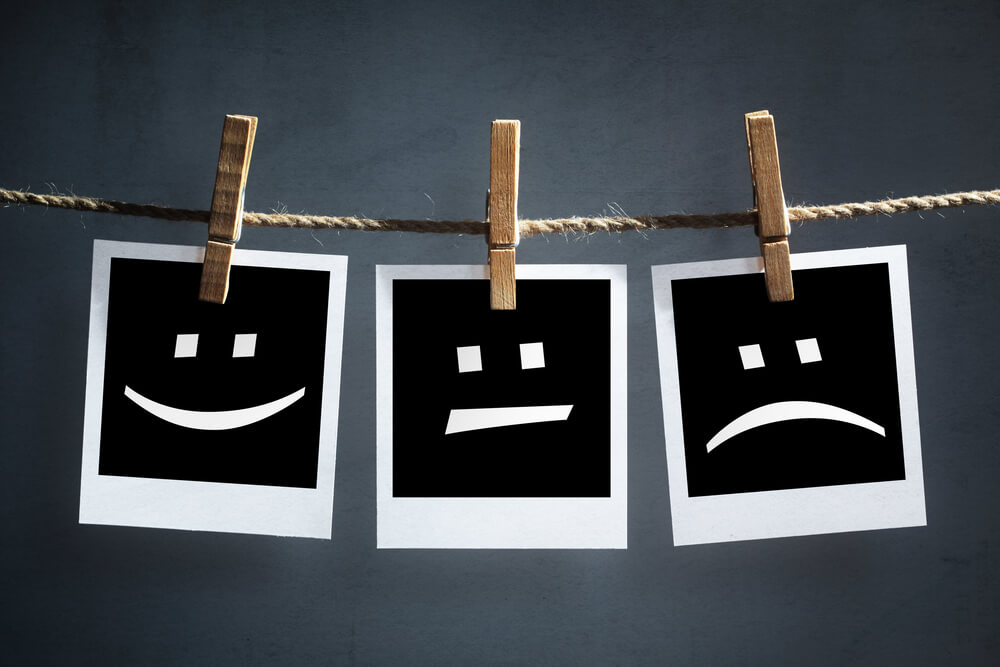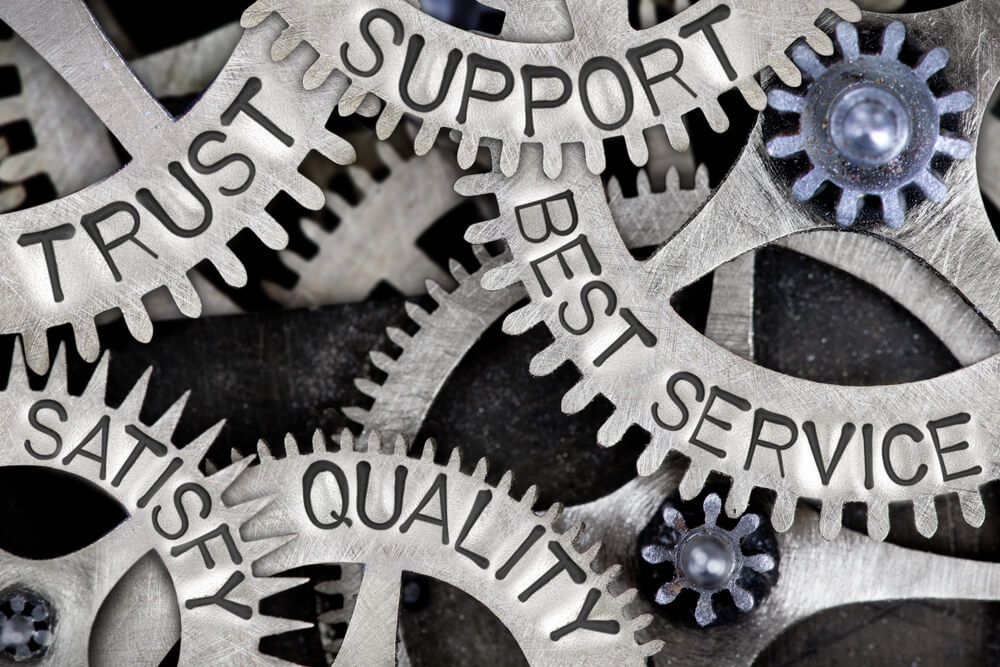Customer Service Excellence

As the domestic United States’ economy becomes increasingly focused on service industries away from manufacturing, local governments will continue to be compared to for-profit businesses and the way they treat customers. The same comparison to for-profit companies allows for opportunities to implement best practices that have been proven by local and multinational companies. Just as many corporations have formal customer service value statements and develop customer service training, governments are following suit. While customer service training cannot eliminate residents from having to pay taxes, fees, or fines, the entire customer service process aims to inform customers and reduce confusion by matching expectations.
Along with formal customer service value statements, private and public organizations may develop other documents such as codes of conduct with the purpose of helping staff think about their interactions with customers. These codes of conduct may include items like a reference to the golden rule, intended atmosphere, staff roles, and responsibilities, and/or guidance on how to convey decisions to customers. Putting it all together, statements, formal documents, and training are charged with the purpose of managing staff and customer expectations.
The key to managing service expectations rests with communication. Information staff included with a bill or application should match what staff can do. Having consistent verbal scripts means that no matter which staff member a customer is working with, the information is consistent which goes a long way to reducing customer frustration.


Even with standardized communication and processes, it is important to remember every customer is different.
When staff thinks about average customers and how they are communicating processes, positive changes are made to written and verbal communication. A review of processes related to customers – such as the steps from receipt of an application to approval of a permit – may identify points where better instructions or information on timeliness may reduce back-and-forth communication between staff and customers. Once points for improvement are identified, the primary changes required revolve around communication. Soliciting customer feedback is one way to identify points in the process that are unclear.
Even with standardized communication and processes, it is important to remember every customer is different. It is important to individualize service to customers’ even though the process is consistent. One way to individualize service is to listen. By listening, staff gain insight into the thought process of the customer and use what the customer knows to tailor specific communication. It is also important to manage non-verbal communication by paying particular attention to tone when communicating with a customer over the phone and adding body language when communicating in-person with customers.
The most important individualized service staff can provide is when a customer is disgruntled, angry, and or mad. While a culture of customer service excellence should reduce instances of frustration, there will always be customers who feel as though government is not working for them. When faced with an irate customer, listen to the individual as they express their frustration, empathize with how the customer is feeling using personal experience, understand what they need by confirming their needs, and take responsibility for resolving the issue. Make sure to follow up with the customer whether a resolution occurs the same day or in a couple of days to confirm there are no more issues. Most importantly, take things professionally, not personally.
Governments, with diverse departments and public services, often silo customer interaction. Most governments have internal service departments that may or may not react with the general public. Facilities, Information Technology, Fiscal Services, and part of human resources often spend most of their time working with other departments and don’t spend much time working with outside customers. The customers of these departments are not the general public but fellow staff. While the average customer may be different when considering internal staff rather than residents, the same customer service excellence principles apply to internal service departments.

CAREER ADVICE

GOV TALK
